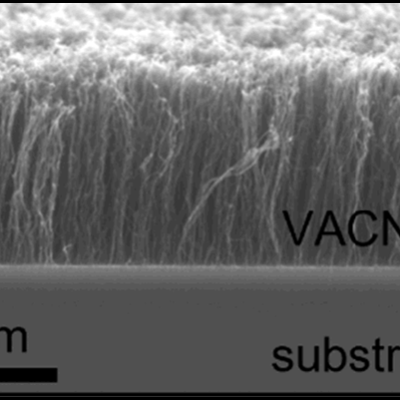LLNL inventors have developed an electrochromic device containing Vertically Aligned single walled CNTs (VACNTs) with a range of diameters. The assembly of these devices into electrochromic windows filled with ionic liquid allows for reversible modulation of the Fermi level in the VACNT film. These electrochromic devices show strong voltage-dependent transmission of near-infrared…

LLNL researchers are developing Concrete Assisted by Particles Sealed Under Large-scale Encapsulation (CAPSULE) to provide a solution that utilizes different biological and engineering approaches to repair aging concrete. It uses an innovative method to
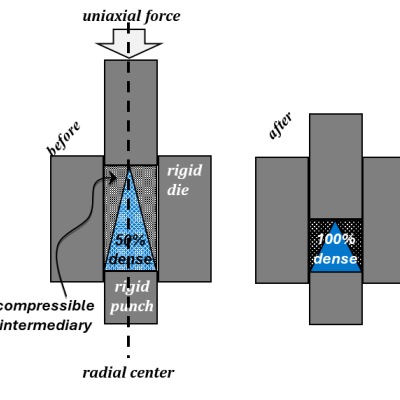
LLNL has developed a novel Production of Readily compressible dies for Enhanced Sintering of Solids (PRESS) method for ceramic parts manufacturing that uses compressible, non-sintering powder materials as a mold which can match the compaction of the ceramic powder starting materials during pressure-assisted sintering. PRESS enables uniform deformation of the part under a constant linear travel…

As an important step toward overcoming the technical and environmental limitations of current REE processing methods, the LLNL team has patented and demonstrated a biobased, all-aqueous REE extraction and separation scheme using the REE-selective lanmodulin protein. Lanmodulin can be fixed onto porous support materials using thiol-maleimide chemistry, which can enable tandem REE purification…
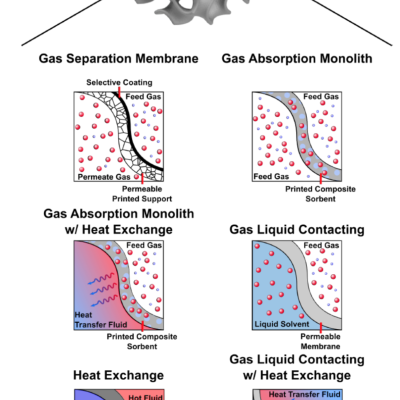
LLNL researchers have devised a set of design principles that facilitates the development of practical TPMS-based two fluid flow reactors.; included in the design are these new concepts:
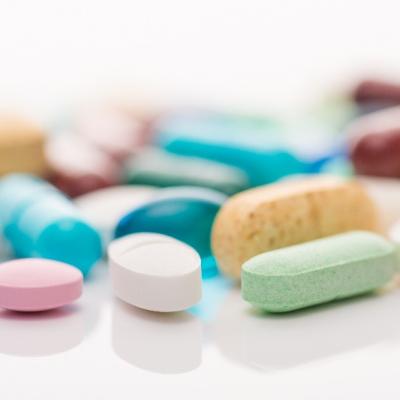
LLNL researchers have developed a technology suite that includes several methods for detecting trace levels of illicit drugs even in mixtures. These methods can be used as a rapid screening test for incoming samples; for the samples that were determined to contain detectable amounts, they would undergo final verification using conventional laboratory analytical techniques.
![Filled (8,8) (left) and (15,15) (right) CNTs with [EMIM+][BF4- ] using SGTI with the proposed spliced soft-core potential (SSCP) approach](/sites/default/files/styles/scale_exact_400x400_/public/2023-10/Filled%20CNTs%20using%20SGTI.png?itok=Dy0ObN7i)
LLNL researchers have developed a novel simulation methodology using slow growth thermodynamic integration (SGTI) utilizing spliced soft-core interaction potential (SSCP). The approach to filling the molecular enclosures is a nonphysical one. Rather than filling the pores from the open ends this method creates steps in the algorithm that allow molecules to pass through the pore…
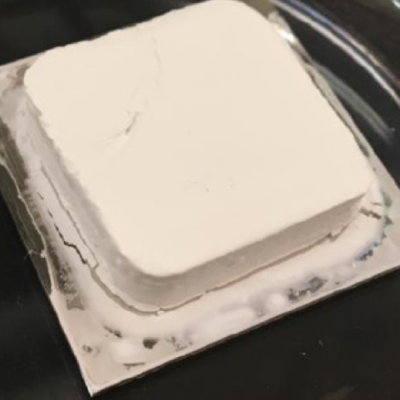
LLNL researchers have developed a method to manufacture solid standard reference materials (SRMs) that can be used as calibration standards for elemental and isotopic analyses. The novel method allows for the growth of compositionally controlled particles as starting materials, and the synthesis of SRMs with single or multi-component(s) through electrophoretic deposition (EPD). The SRMs are…
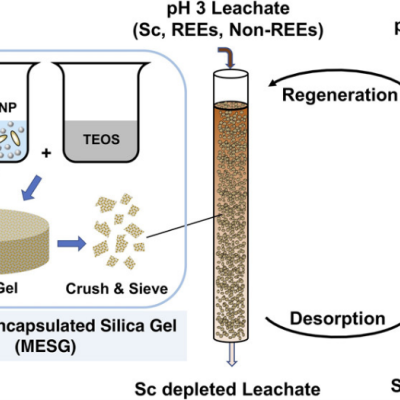
The novel technology developed at LLNL is a new, effective means of separating and concentrating Sc from lanthanides and non-REEs in unconventional, waste-derived feedstocks, thereby transforming an essentially valueless solution into valuable Sc concentrates. The results represent an important advance in the development of an environmentally sustainable alternative to organic solvent-…

LLNL researchers have discovered that some inexpensive and commercially available molecules used for other applications, could render certain lanthanide and actinide elements highly fluorescent. These molecules are not sold for applications involving the detection of REEs and actinides via fluorescence. They are instead used as additives in cosmetic products and/or in the pharmaceutical…

LLNL researchers along with collaborators at Pennsylvania State University have found that a newly discovered natural protein named Lanmodulin (LanM) could be a potential candidate for extracting REEs from ore or other sources such as coal ash as well as purifying the REE material. Through joint research, the scientists found that LanM undergoes a large conformational change in response…
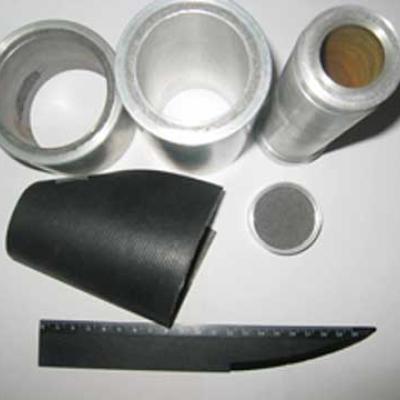
LLNL researchers have developed the hardware and chemistry to allow additive manufacturing of short carbon fibers in a thermoset polymer matrix which have a high degree of structural alignment over conventional cast or pressed short/chopped carbon fiber polymer composites.
The invention is based on the shear dispersal, alignment and concentration of fiber fraction within a resin…
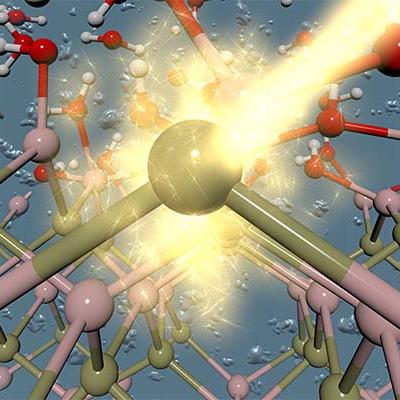
Dubbed the "LLNL Chemical Prism", the LLNL system has use wherever there is a need to separate components of a fluid. A few examples include:
- Chemical detection for known and previously unknown chemicals or substances
- Separation of biomolecules from a cellular extract
- Fractionation of a complex mixture of hydrocarbons
- Forensic analysis of…
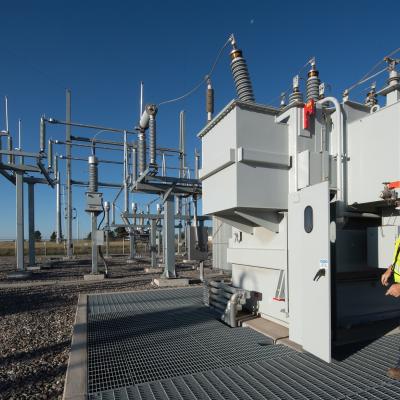
An invention at LLNL uses a mixture of solid and liquid dielectric media. This combination has properties that are an improvement over either separately. The solid phase, in the form of small pellets, inhibits fluid motion, which reduces leakage currents, while the liquid phase (dielectric oil) provides self-repair capabilities. Also, since the media is removable, the high voltage equipment…


